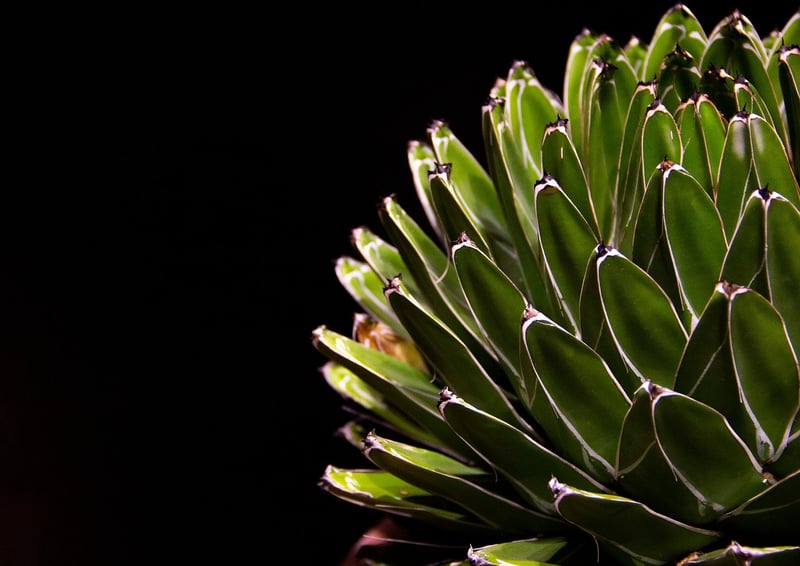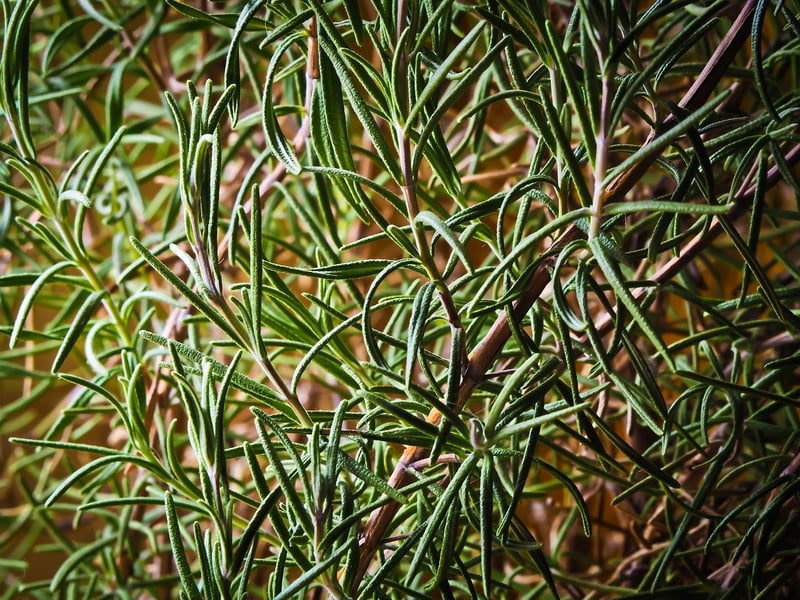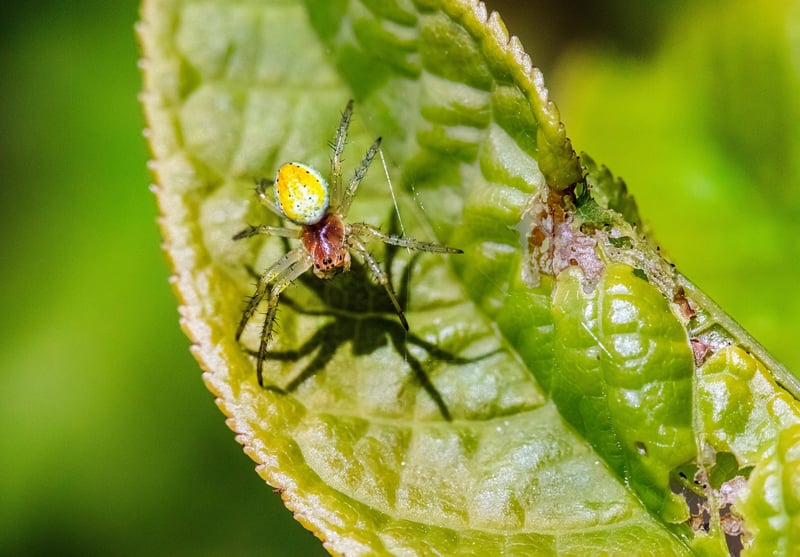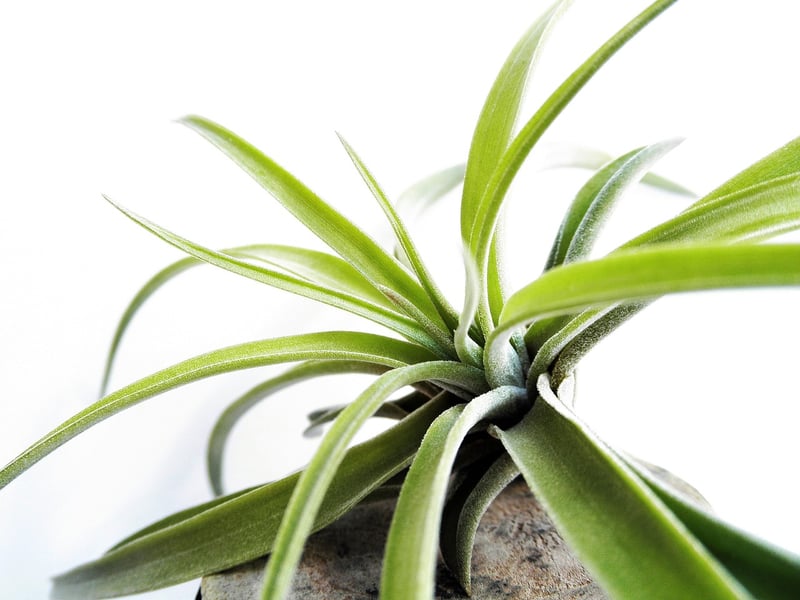Herbs for Vertical Gardens
Choosing the Right Plants & Herbs for Vertical Gardens
Vertical gardens are a creative way to bring nature into small spaces, add greenery to urban environments, and create stunning visual displays. When selecting plants and herbs for your vertical garden, it's essential to consider their growth habits, light requirements, and maintenance needs. Here are some top picks for thriving in vertical gardens:
Succulents
Succulents are perfect for vertical gardens due to their low maintenance requirements and unique shapes. Varieties like Echeveria, Sedum, and Aloe Vera thrive in bright indirect light and require minimal watering, making them ideal for vertical living walls.

Herbs
Herbs like basil, mint, and thyme not only add beauty to your vertical garden but also provide fresh ingredients for cooking. These herbs prefer plenty of sunlight, so make sure your vertical garden receives at least 6 hours of sunlight daily for optimal growth.

Ferns
Ferns are shade-loving plants that thrive in the moist, humid conditions often found in vertical gardens. Boston Ferns and Maidenhair Ferns are popular choices for their delicate fronds and elegant appearance, adding a touch of lush greenery to your vertical space.

Spider Plants
Spider plants are easy to grow and perfect for beginners. Their long, trailing leaves make them a great choice for hanging vertical gardens. Spider plants thrive in indirect sunlight and can tolerate occasional drought, making them a versatile and resilient option.

Air Plants
Air plants, or Tillandsia, are unique plants that don't require soil to grow. They absorb nutrients and moisture through their leaves and are excellent choices for vertical gardens due to their adaptability and low maintenance needs. Display them in creative ways on your vertical garden for a modern touch.

When creating your vertical garden, consider the specific conditions of your space and choose plants and herbs that will thrive in that environment. Mix and match different varieties to create a vibrant and diverse living wall that will bring beauty and nature into your home or outdoor area.
Remember to water your vertical garden regularly, provide adequate light, and monitor the growth of your plants to ensure they remain healthy and flourishing in their vertical habitat.
